HDPE / PEAD Industrial Process
The process of recycling plastics into HDPE plastic wood involves several steps to transform used plastic materials into a durable and sustainable alternative.
The final products undergo quality control checks to ensure they meet specific standards for strength, durability, and appearance.
By going through some specific steps, the recycling process transforms used HDPE plastics into a versatile and sustainable material, commonly referred to as HDPE plastic wood, which can be used in various applications to provide an eco-friendly alternative to traditional wood.

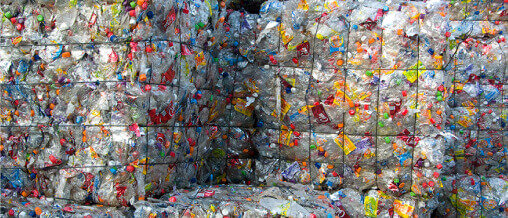
Collection and Sorting
Used HDPE plastic items are collected and sorted based on their resin code. HDPE plastics, coded as “2,” are separated from other plastic materials.
Cleaning and Shredding
The sorted HDPE plastics undergo a cleaning process to remove contaminants. Subsequently, they are shredded into small pieces, known as plastic flakes.


Cleaning and Shredding
The sorted HDPE plastics undergo a cleaning process to remove contaminants. Subsequently, they are shredded into small pieces, known as plastic flakes.

Melting and Shaping
The cleaned and shredded HDPE flakes are melted and extruded into the desired shape, often resembling traditional wood boards for applications like furniture or decking.
Cooling and Finishing
The extruded HDPE material is cooled, solidifying it into the final form. Additives may be introduced for specific properties, and the finished product undergoes quality control checks for strength, durability, and appearance.
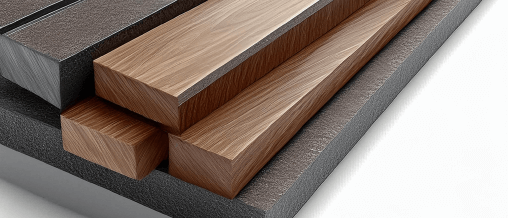

Cooling and Finishing
The extruded HDPE material is cooled, solidifying it into the final form. Additives may be introduced for specific properties, and the finished product undergoes quality control checks for strength, durability, and appearance.
HDPE / PEAD Benefits
Discover the multitude of benefits that HDPE (High-Density Polyethylene) brings to commercial furniture, urban installations, and industrial equipment. From unparalleled durability and low maintenance to sustainability and versatile design possibilities, HDPE stands as a superior choice for those seeking resilient and environmentally conscious solutions.

Durability
HDPE (High-Density Polyethylene) boasts exceptional durability, making it resistant to wear, tear, and harsh weather conditions. Its robust nature ensures a long lifespan, reducing the need for frequent replacements.

Sustainability
An eco-friendly choice, HDPE is derived from recycled plastics, contributing to waste reduction and supporting sustainable practices. Choosing HDPE aligns with environmentally conscious initiatives.

Low Maintenance
HDPE requires minimal maintenance compared to traditional materials. It does not rot, corrode, or succumb to insect damage, eliminating the need for frequent upkeep and ensuring a hassle-free experience.

Versatility
This versatile material finds applications in various industries, from commercial furniture to urban installations. HDPE’s adaptability allows for creative and innovative designs, meeting diverse project requirements.

Lightweight and Maneuverable
With its lightweight properties, HDPE provides ease of maneuverability. This characteristic makes it a practical choice, particularly when compared to heavier materials like concrete and metal.

Weather Resistance
HDPE excels in weather resistance, making it an ideal choice for outdoor applications. It does not crack, warp, or degrade under exposure to sunlight and fluctuating weather conditions.

Design Flexibility
HDPE provides design flexibility and can mimic the appearance of wood without the associated maintenance issues. It allows for creative and innovative designs.
Metal offers design flexibility but may lack the warm aesthetic of wood or HDPE.
HDPE Key Facts
Understanding some key facts is essential for raising awareness about the challenges of plastic waste and the importance of recycling, particularly focusing on the recyclability and sustainable aspects of HDPE.
- Plastic Recycling Rates: In recent years, the overall recycling rate for plastics in North America has been around 9%. However, this figure varies significantly between different types of plastics.
- HDPE Recycling: High-Density Polyethylene (HDPE) is among the more widely recycled plastics. The recycling rate for HDPE containers, such as bottles and packaging, has been relatively higher compared to some other plastic types.
- Regulatory Environment: Recycling efforts are influenced by regulatory policies at the federal, state, and municipal levels. In North America, there has been a growing emphasis on sustainable practices, which includes promoting plastic recycling.
- Challenges and Opportunities: While there are challenges in plastic waste management, there are also opportunities for growth in the recycling sector. Public and private collaborations are being encouraged to address these challenges effectively.
- HDPE’s Recyclability: High-Density Polyethylene (HDPE) is one of the most widely recycled plastics. It is commonly used in bottles, containers, and packaging, contributing to a higher recycling rate compared to some other plastic types.
- Sustainable Material: HDPE is considered a sustainable material because it can be recycled into various products, reducing the demand for new plastic production and minimizing environmental impact.
- Applications of Recycled HDPE: Recycled HDPE is used in the manufacturing of a wide range of products, including plastic lumber, pipes, containers, and other durable items.
- Environmental Benefits: Recycling HDPE conserves resources, reduces energy consumption, and helps mitigate the environmental impact associated with the extraction and production of virgin plastics.
Highlighted HDPE Products from EcoPro
EcoPro offers High Quality Recycled Plastic Products items such as tables, benches and containers, designed to withstand the rigors of outdoor and indoor environments.
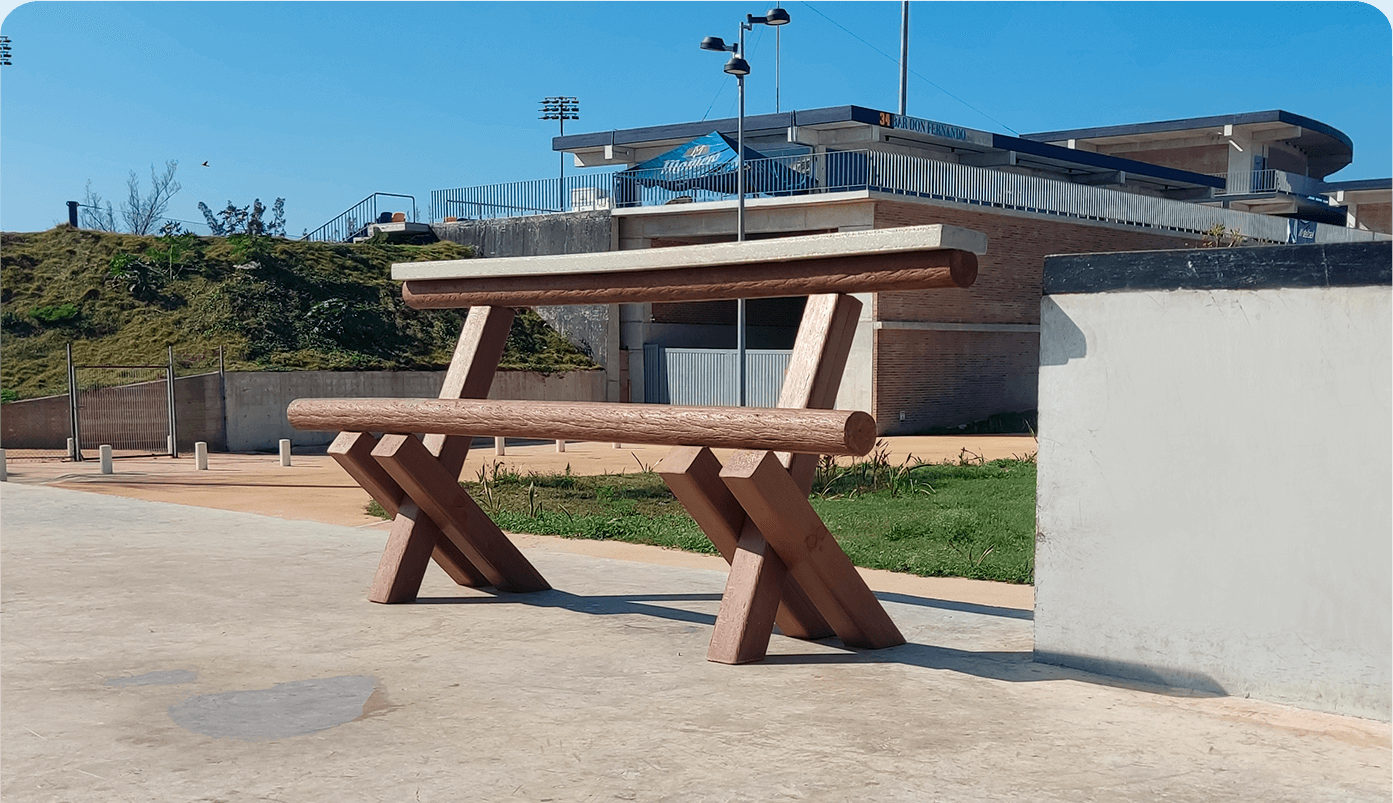
Outdoor Benches
Outdoor benches play a pivotal role in enhancing the urban landscape by providing inviting spaces for community engagement, relaxation, and social interaction.
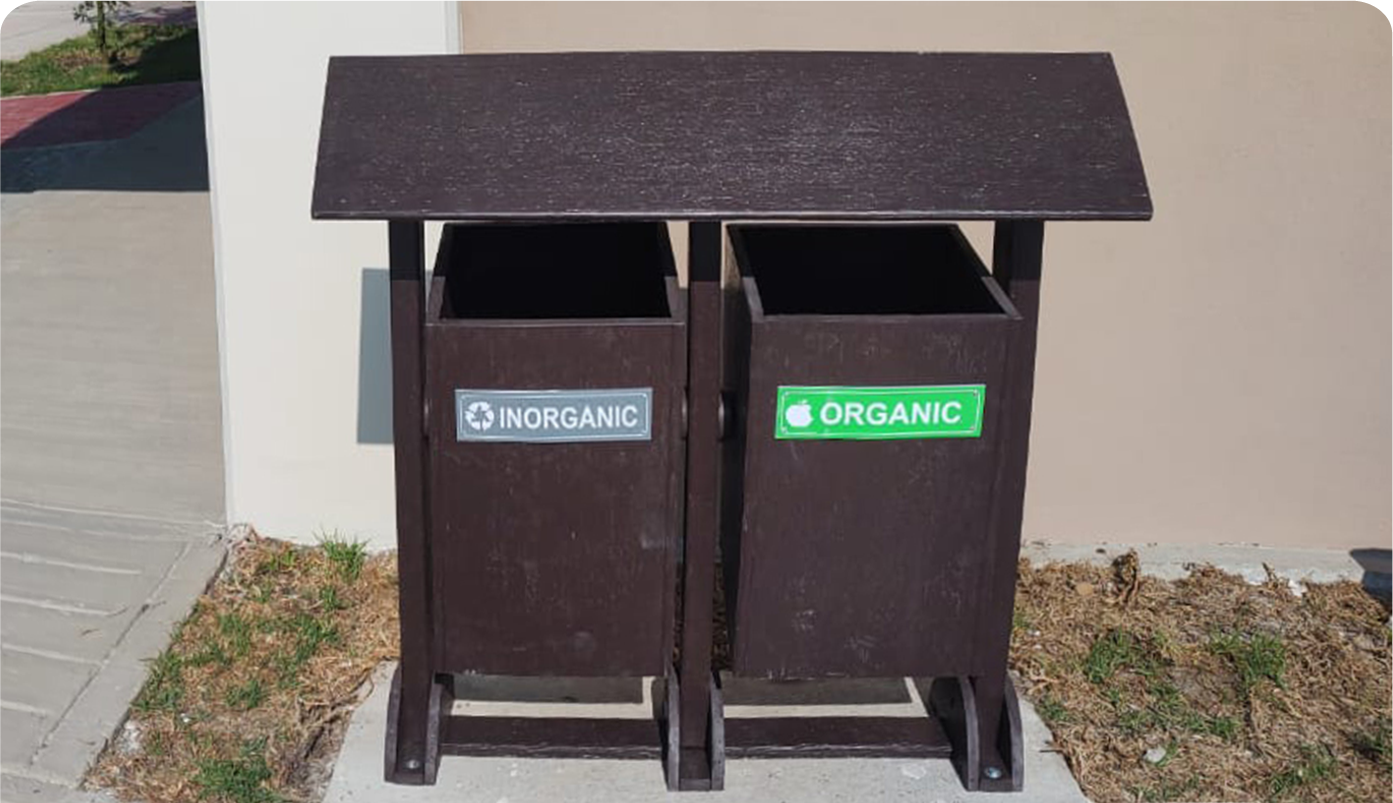
Outdoor Containers
Outdoor containers, including bins and trash cans, serve as crucial elements in urban environments by promoting cleanliness, waste management, and overall civic hygiene.
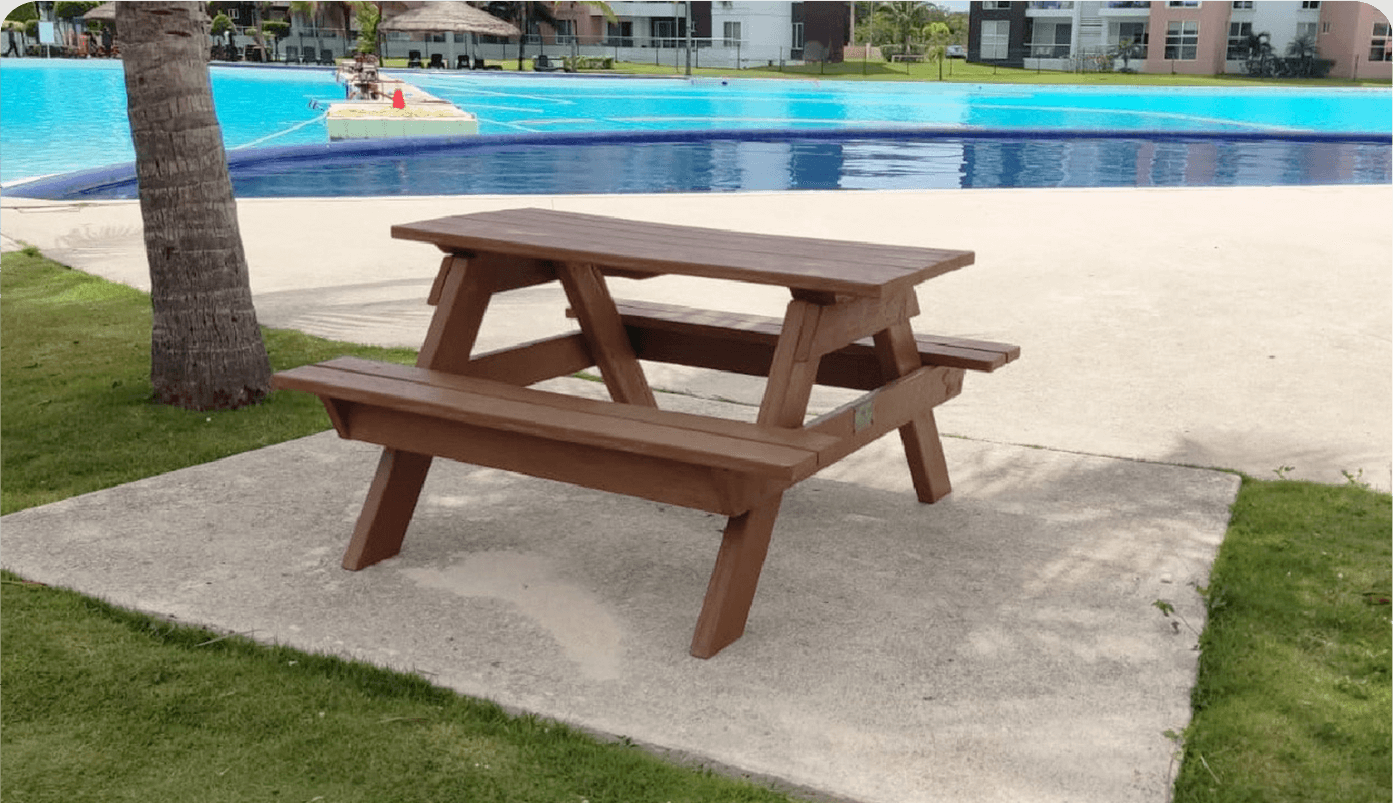
Outdoor Tables
Outdoor tables in urban and public spaces offer a transformative added value by providing versatile hubs for socialization, work, and leisure. These communal tables create inclusive environments, encouraging people to gather, collaborate, or simply enjoy a moment outdoors.
